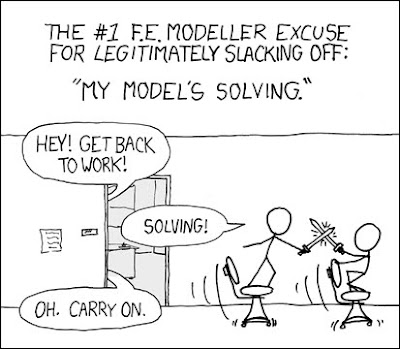There has been a lot said about the iPhone 4 and its antenna recently. As someone who has recently acquired one of these phones I feel that I should write a little bit about this issue and what I have experienced in the first week of using it.
For those of you who aren’t aware of this issue, the iPhone 4 uses parts of the metal band around the phone as its antenna. The story goes that if it is held in the left hand one of the gaps is bridged de-tuning the antenna and causing the phone to lose signal and drops calls. Not good.
The first thing I should say is that I was well aware of this antenna issue when I ordered the phone, who wouldn’t be with all the words flying on the internet, and in truth I was completely prepared for it to be a major issue. Why did I go ahead and buy it anyway? Well, after being absolutely delighted with my iPhone 3G, the first Apple product I ever bought after a previous eternal scepticism about all things Apple, I was quite keen on the idea of an upgrade, especially in light of all the new features the phone offered. Above all though, I have always kept my iPhone 3G in a case and had been expecting to get one for the replacement anyway, so embarrassing for Apple as it may be, the antenna was always going to be a non-issue for me.
Anyway, I got the phone home, plugged it in, and laboriously transferred everything across from my previous phone (I think I had to click the mouse twice). With my new phone set up to be exactly like my previous phone, I unplugged and had a play.
The phone was showing 4 bars of signal so, curious, I tried clamping my hand over the infamous gap in the steel band on the lower left hand corner of the phone. It took a few seconds, but yes the reported signal strength steadily dropped from four bars down to just one. I took my hand off and sure enough, the indicator rose steadily back up to 4 bars.
Next I switched on the speed test app, a useful device for testing just how much our broadband company are overselling their pitiful broadband services, and with the wi-fi turned off sure enough I saw a dramatic difference in speeds depending on whether my hand was on the device. Videos of both of these effects are of course all over the net, so my phone clearly isn’t unusual.
Oh well, I thought, time to buy a case.
Or was it? As I didn’t feel like spending the extra £5 on postage ordering online a case that was already overpriced - sadly the true for all mobile phone cases. I decided to wait and just buy one the next time I was near an Apple store. As a result of this I have found myself using my iPhone au naturel so to speak for the last week, and this is where the plot thickens.
The odd thing is that the apparent reporting of the “bars” and speed test app doesn’t seem to reflect itself in the way the rest of the phone works. Where I’m sat right now speed test actually times out and reads big fat zeroes for both upload and download speeds when my hand is in the wrong place. However, safari still happily loads web pages, facebook works absolutely fine, texts still transmit, and I’ve had absolutely no trouble at all with the phone dropping calls.
The other weird thing is that no matter what the signal to start with, strong or weak, bridging the gap never seems to cut off the signal.
Now, it seems to me that something is definitely happening when the gap in the antenna band is bridged, there can be no doubt about that, but what? Is it really as crippling as some people would have me think? Apparently not. Apple have of course come out with their usual propaganda saying that this is just a software issue relating to how the “bars” are calculated. “Bars” do not really exist and they are just arbitrarily calculated by the phone’s software to show when signal strength is, say, between 0% and 15%; the range 15%-100% all being “5 bars”. I’m sure that there is an element of truth in this, but it doesn’t explain everything; the speed test results for example.
What this all has to boil down to is my experience of actually using an iPhone 4 for the last week, and that has been very unlike what the all the internet hype would seem to suggest. Of course, the Apple-haters have been all too happy to dance in delight that Apple finally made a real mistake for them to talk about, the media have all covered this story, and there have been anecdotes all over the internet. I, however, fail to see what all the fuss is about. I am actually holding one of these things in my hand and it is working well.
The iPhone 4 is an awesome piece of kit and I am really enjoying owning one.
To make my point, I have posted this blog entry from my iPhone 4, over the phone network, with my hand firmly clamped over the gap in the antenna.



